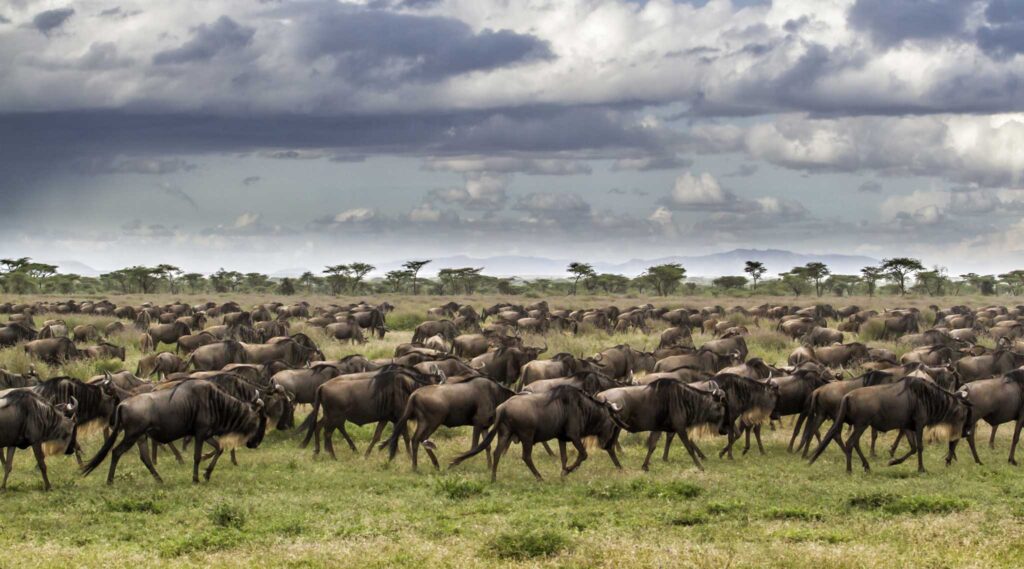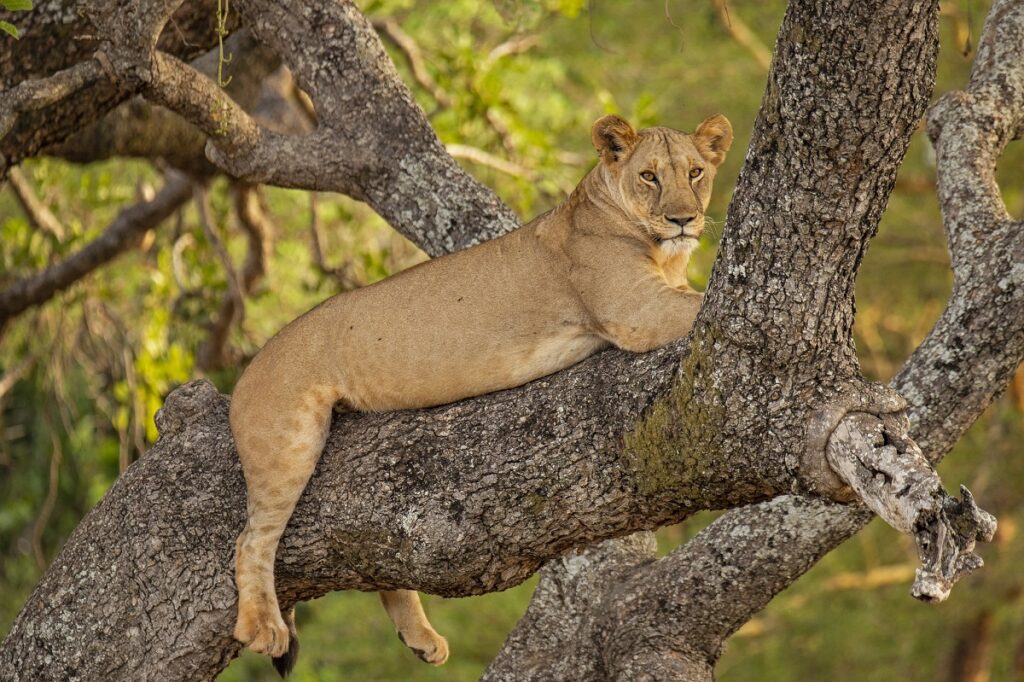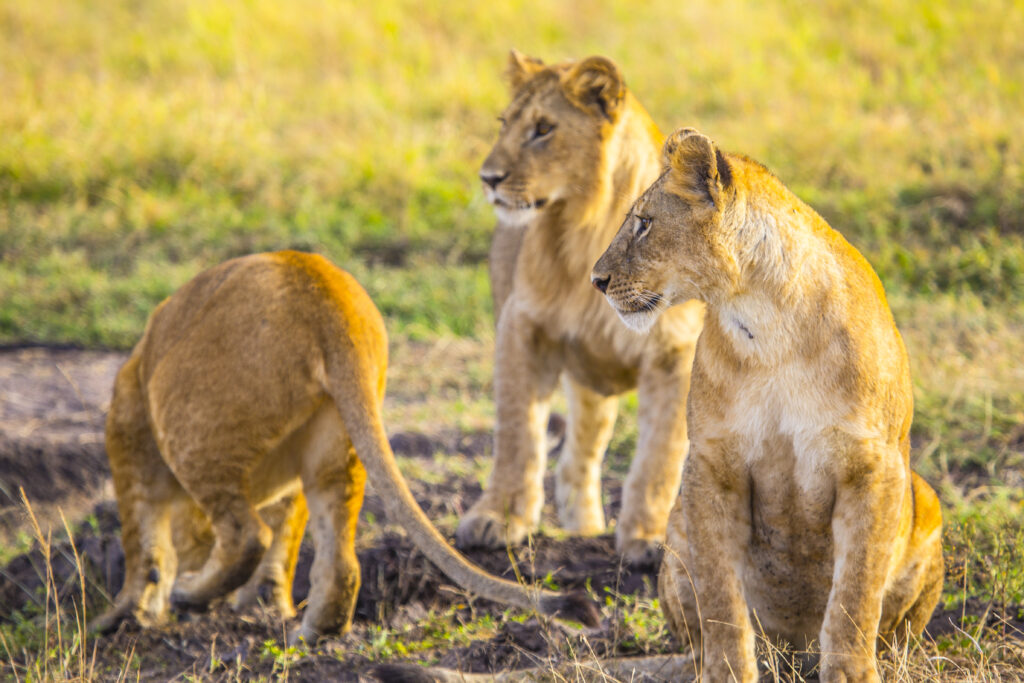- +255788928888
- info@africanheart.com
- Arusha, Tanzania
- Visit Germany website: www.africanheartsafaris.de
Tanzania’s national parks are known for their breathtaking landscapes, diverse wildlife, and scenic wonders. Home to famous national parks in Africa, Tanzanian national parks give travelers a chance to see the Big Five and enjoy real safaris.
In this guide, we will show you the best national parks in Tanzania. We will explain what makes each Tanzanian national park special. You will also find tips to help you plan the perfect safari.
The Serengeti is Tanzania’s most famous national park. It is known for its large savannahs and the Great Migration. During this event, over 1.5 million wildebeest, along with zebras and gazelles, move to find greener grass.
Highlights:

June to October (dry season, ideal for wildlife viewing)
A UNESCO World Heritage Site, the Ngorongoro Crater is a natural wonder. This massive volcanic caldera is home to a dense concentration of wildlife, including the rare black rhino.
Highlights:

June to October (dry season, ideal for wildlife viewing)
Tarangire is a less crowded Tanzanian national park than Serengeti and Ngorongoro. It is famous for its large elephant herds, tall baobab trees, and stunning landscapes.
Highlights:
Best Time to Visit:
June to October (dry season)

Lake Manyara may be small, but it’s rich in biodiversity. From tree-climbing lions to flocks of pink flamingos, it’s a great introduction to Tanzania’s wildlife.
Highlights:
Best Time to Visit:
July to October (dry season) and November to June (birdwatching)

Ruaha offers a more remote, wild safari experience. With fewer tourists, vast landscapes, and large predator populations, it’s ideal for those seeking solitude and authentic encounters.
Highlights:
Best Time to Visit:
June to October (dry season)

Selous (Nyerere NP) is one of Africa’s largest game reserves and a UNESCO site. With fewer visitors and boat safaris along the Rufiji River, it offers a unique alternative to the northern circuit.
Highlights:
Best Time to Visit:
June to October

Located just 45 minutes from Arusha town, this park is perfect for a day trip before or after your longer safari. It offers stunning views of Mount Meru, waterfalls, and forested trails.
Highlights:
Best Time to Visit:
June to October

Tanzania’s safari parks are more than just destinations—they’re experiences that will stay with you for a lifetime. Tanzania safari parks offer incredible wildlife experiences, even on the western circuit in parks like Katavi. Track lions across the vast Serengeti plains. Watch elephants wander beneath ancient baobab trees in Tarangire. Take in the sweeping views across the Ngorongoro Crater. In these places, you will be surrounded by nature like few others.
Start planning your Tanzania safari today. Discover why Tanzanian national parks are one of the best wildlife spots in the world.
As of now, Tanzania has 22 national parks.
These parks are managed by the Tanzania National Parks Authority (TANAPA) and cover a wide range of ecosystems—from savannahs and forests to mountains and lakes. The national parks collectively protect more than 99,000 square kilometers, which is nearly 11% of Tanzania’s land area.
Some of the most famous parks include:
Serengeti National Park
Ngorongoro Conservation Area (a UNESCO World Heritage Site, though not a national park)
Tarangire, Lake Manyara, Mikumi, and Ruaha
Lesser-known ones include Mkomazi and Kitulo
The largest national park in Tanzania is Nyerere National Park.
It covers an area of about 30,893 square kilometers, making it not only the largest in Tanzania but also one of the largest national parks in Africa.
Nyerere was formed from the northern part of the former Selous Game Reserve and was officially designated a national park in 2019.
Please share details and any preferences